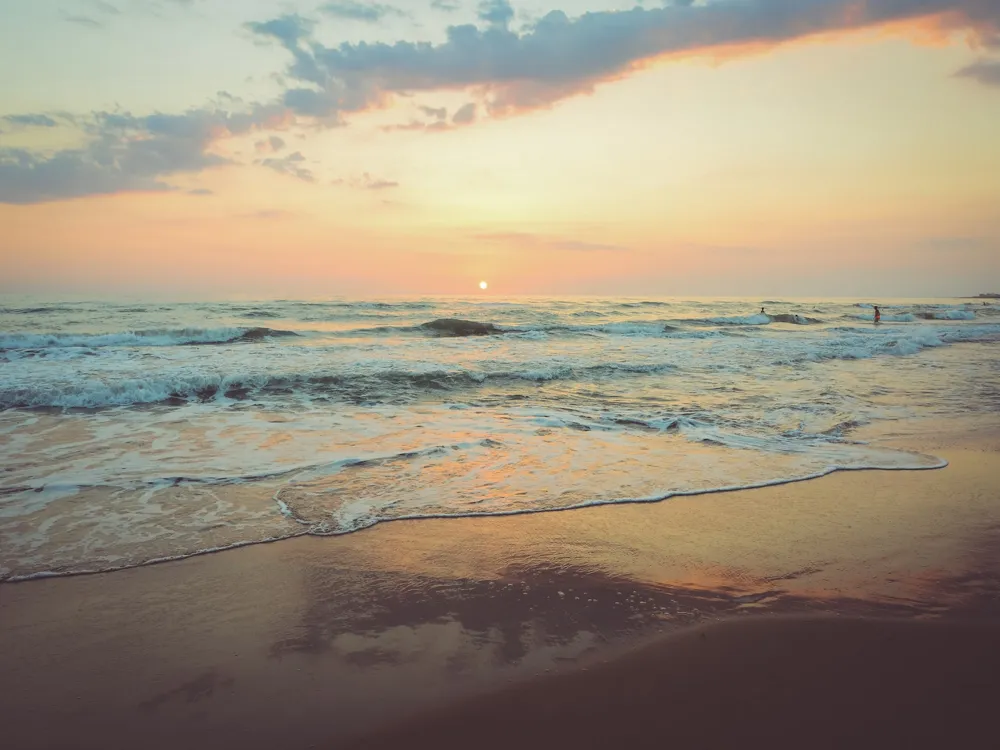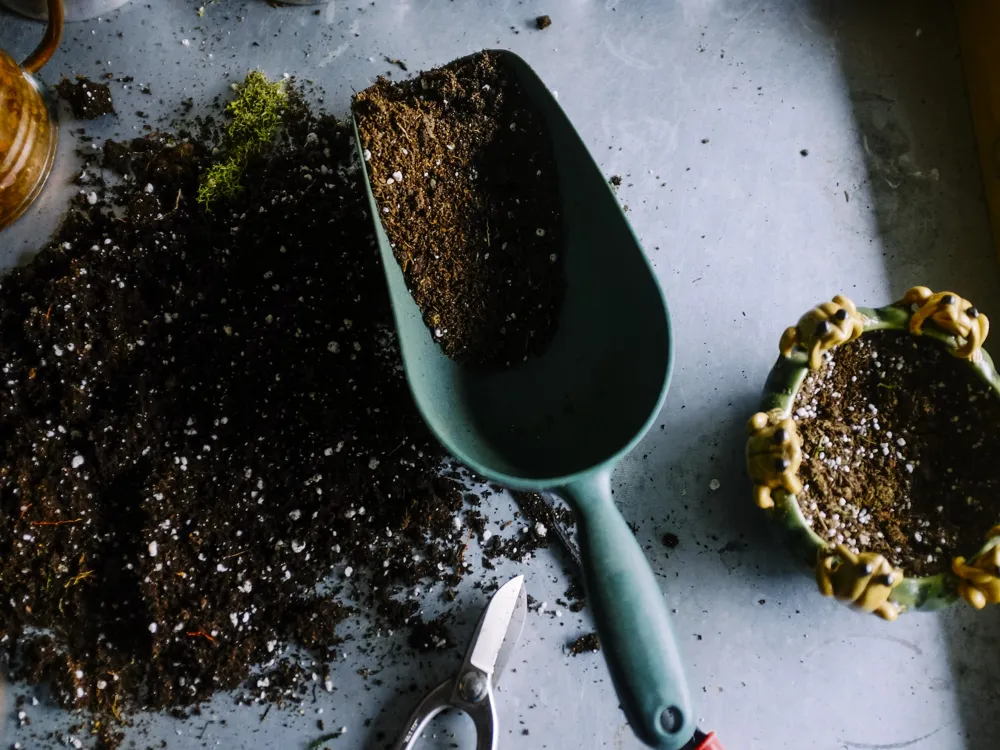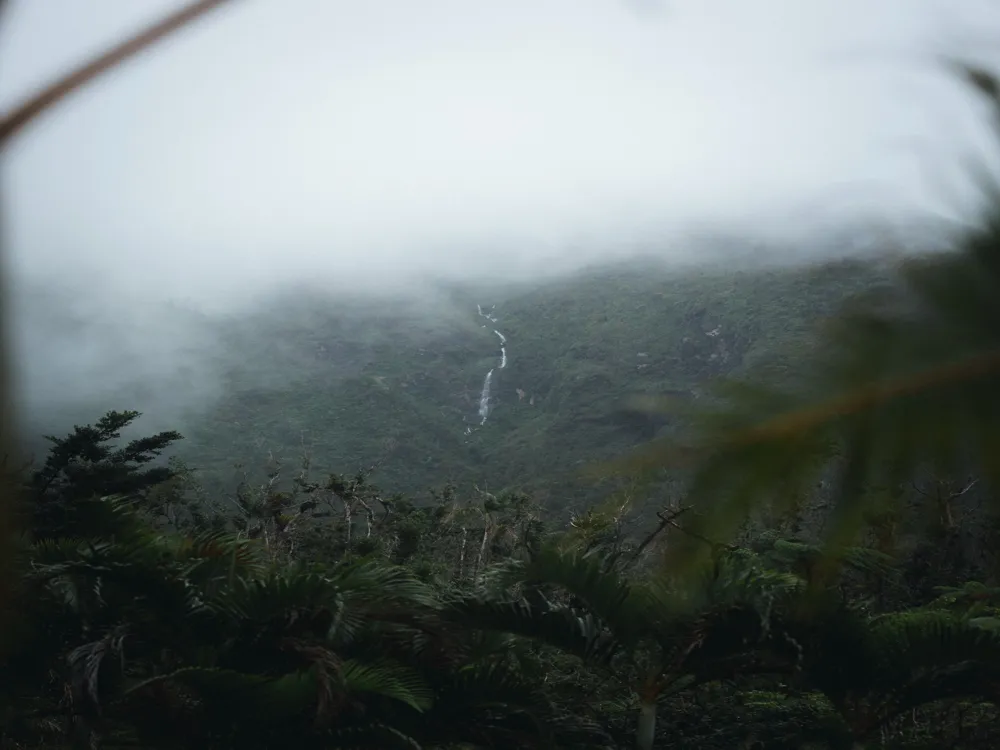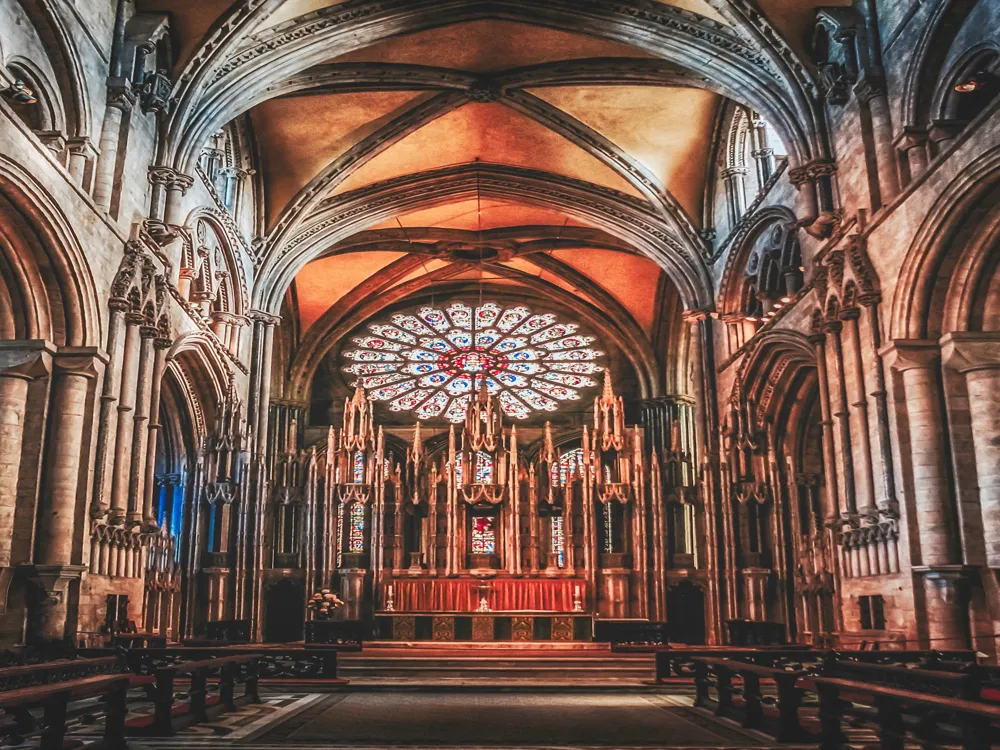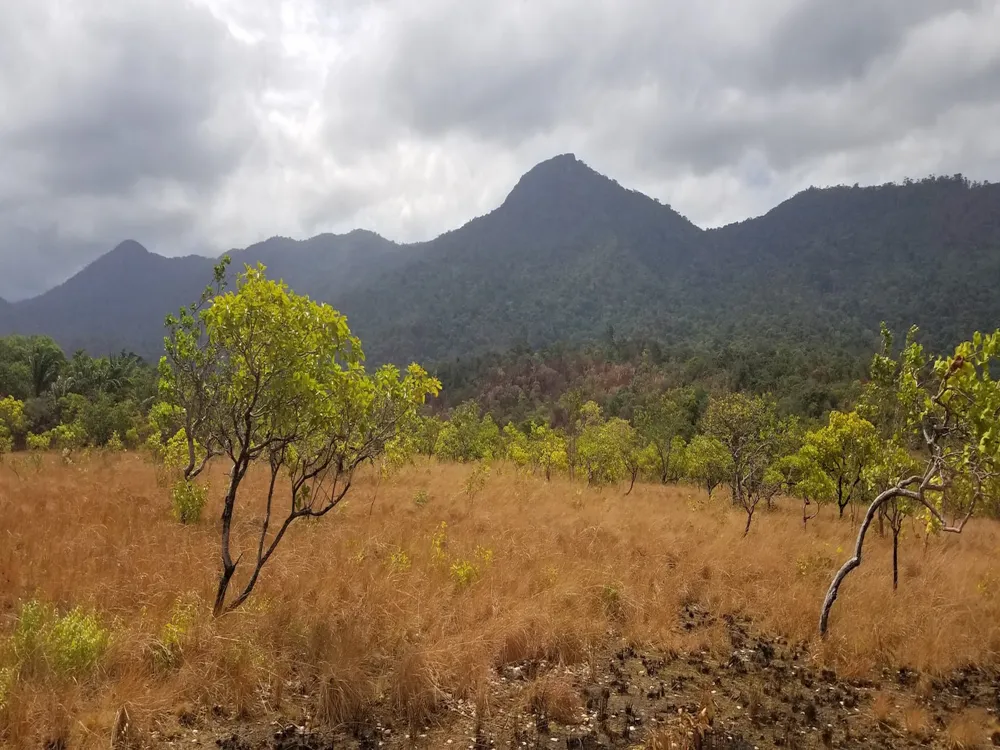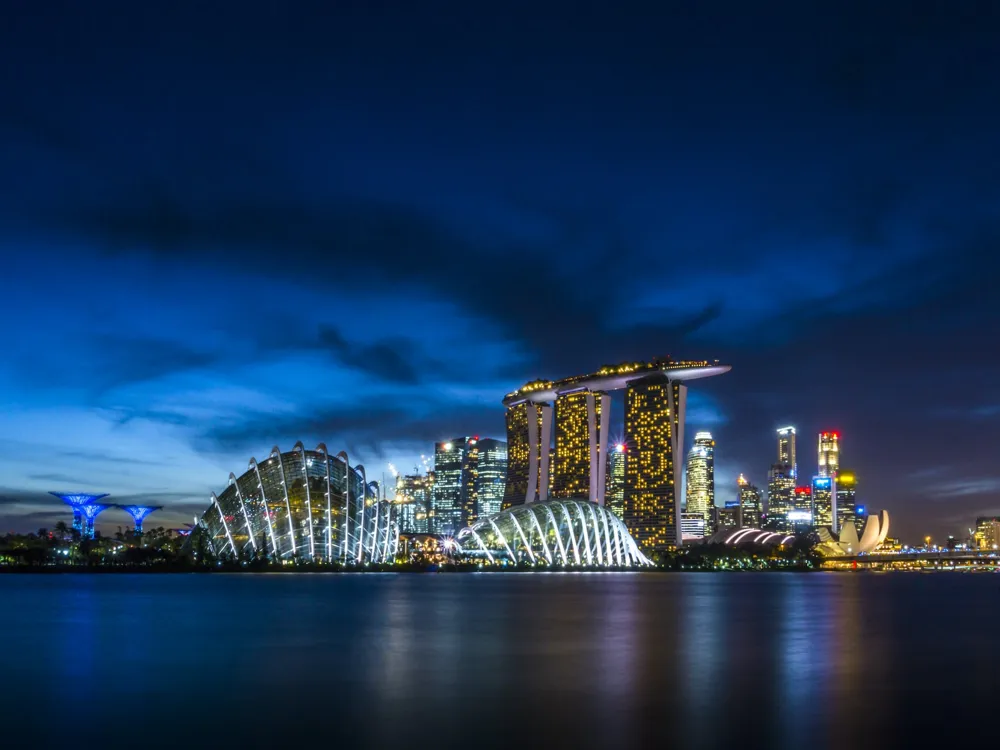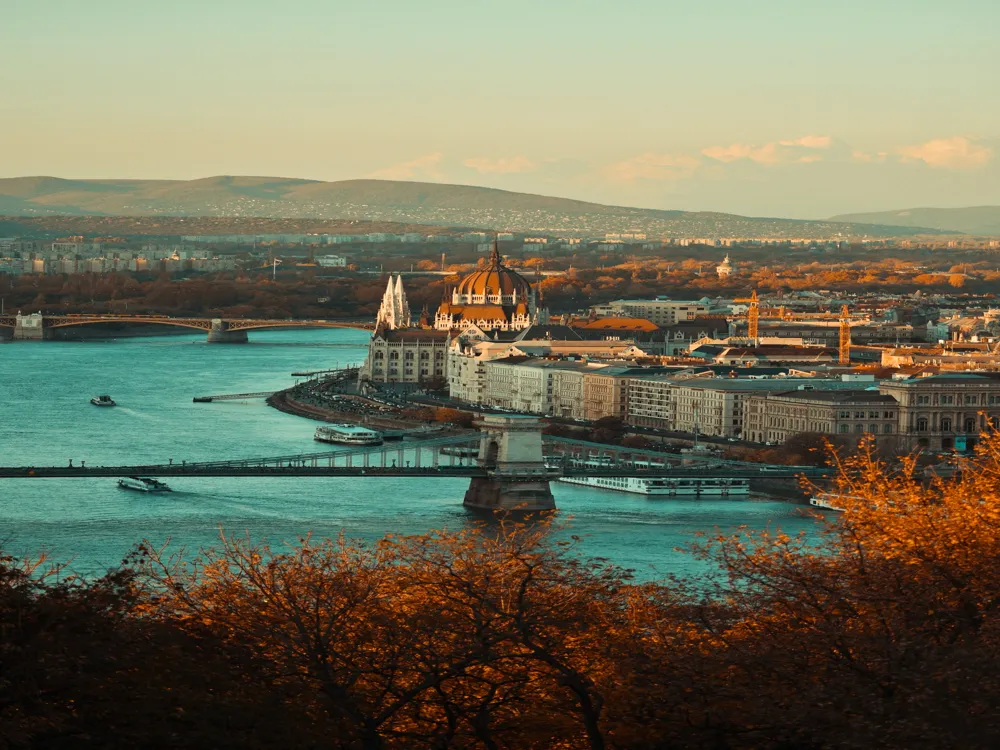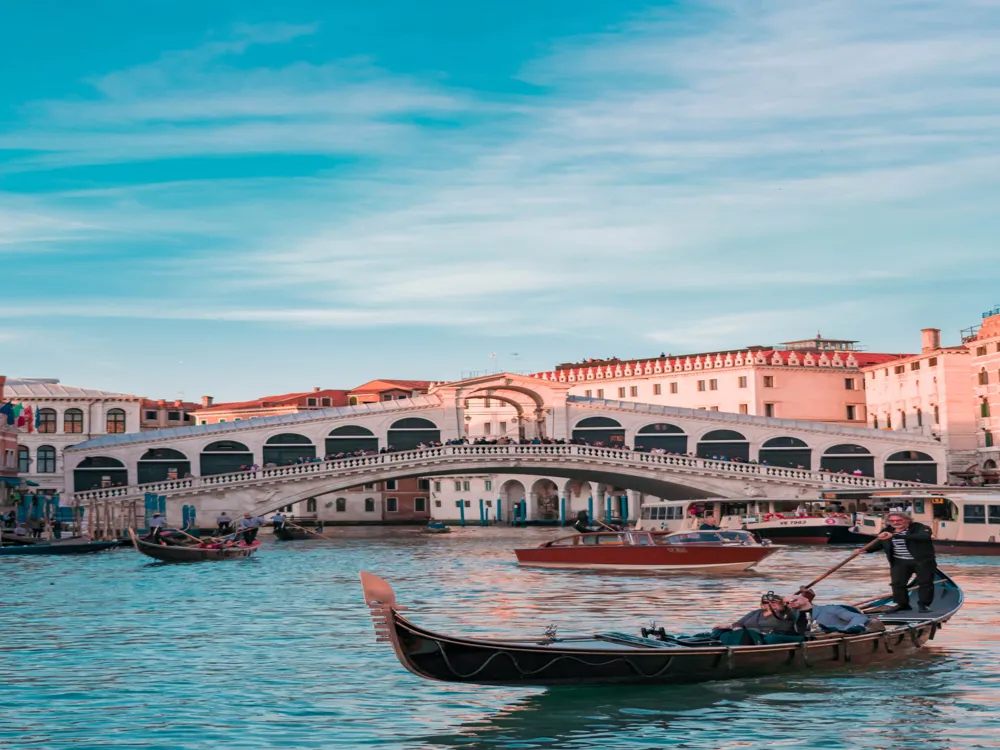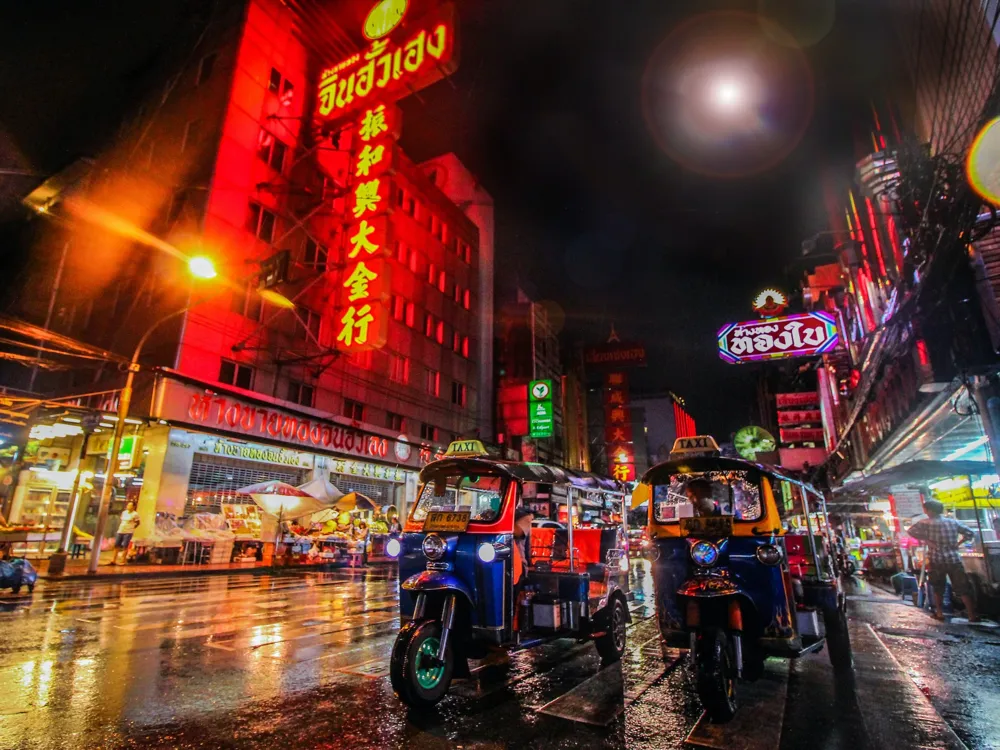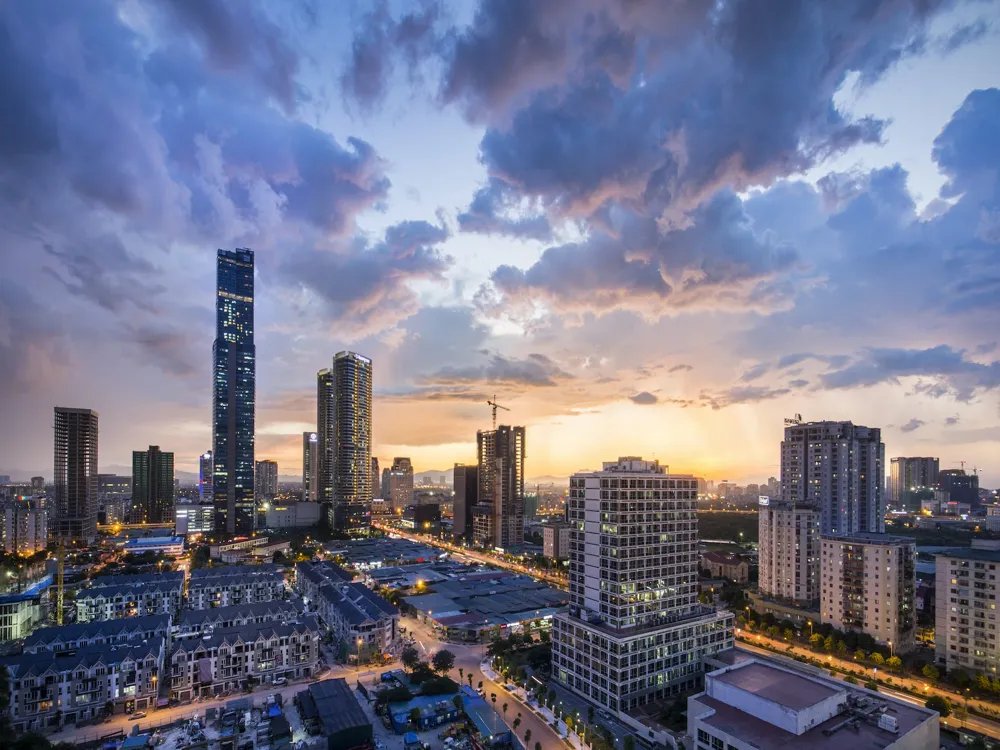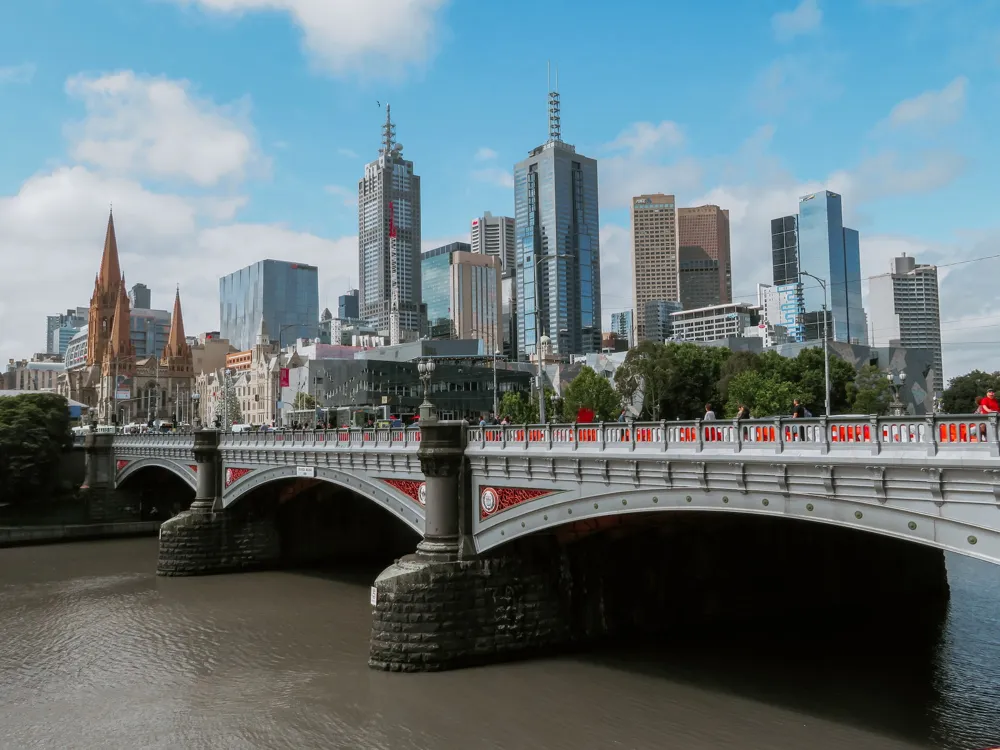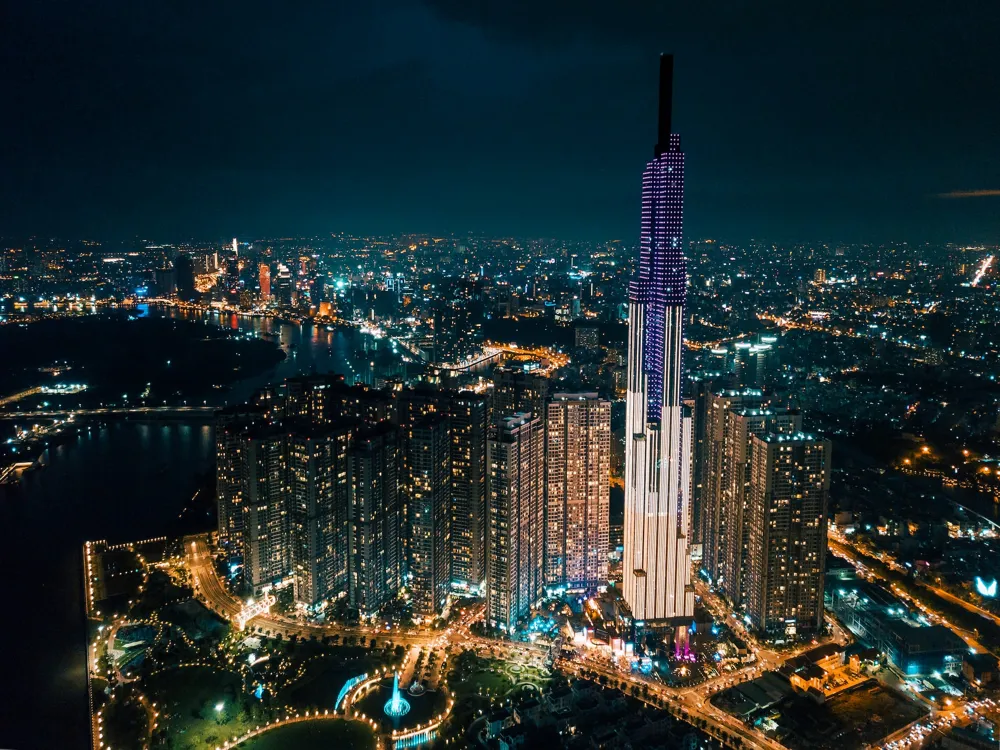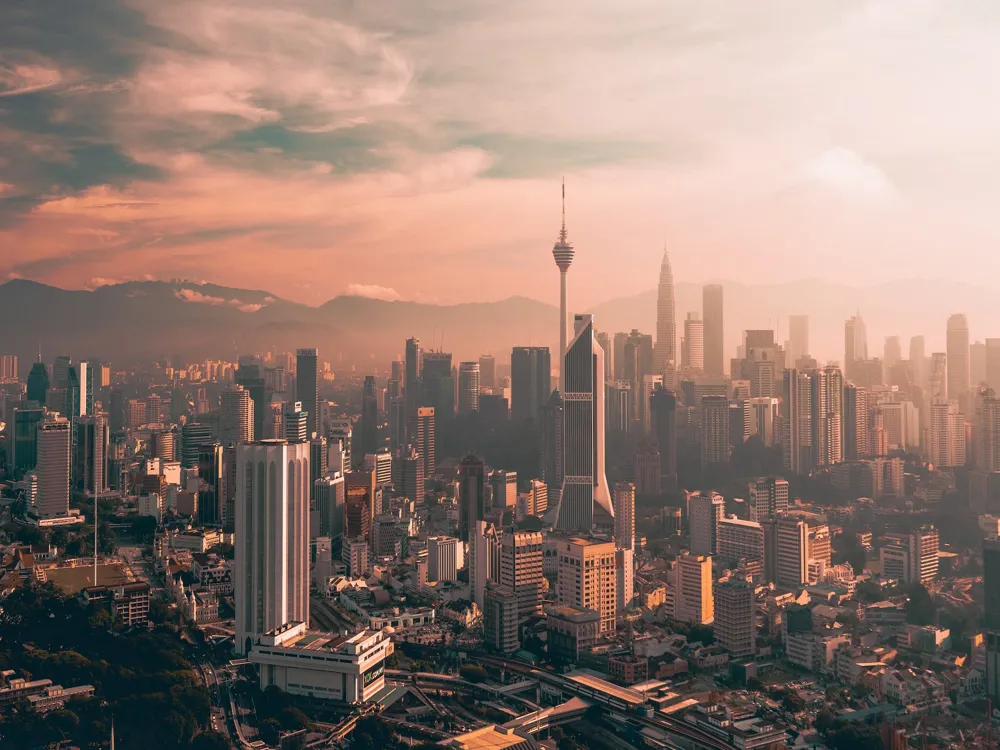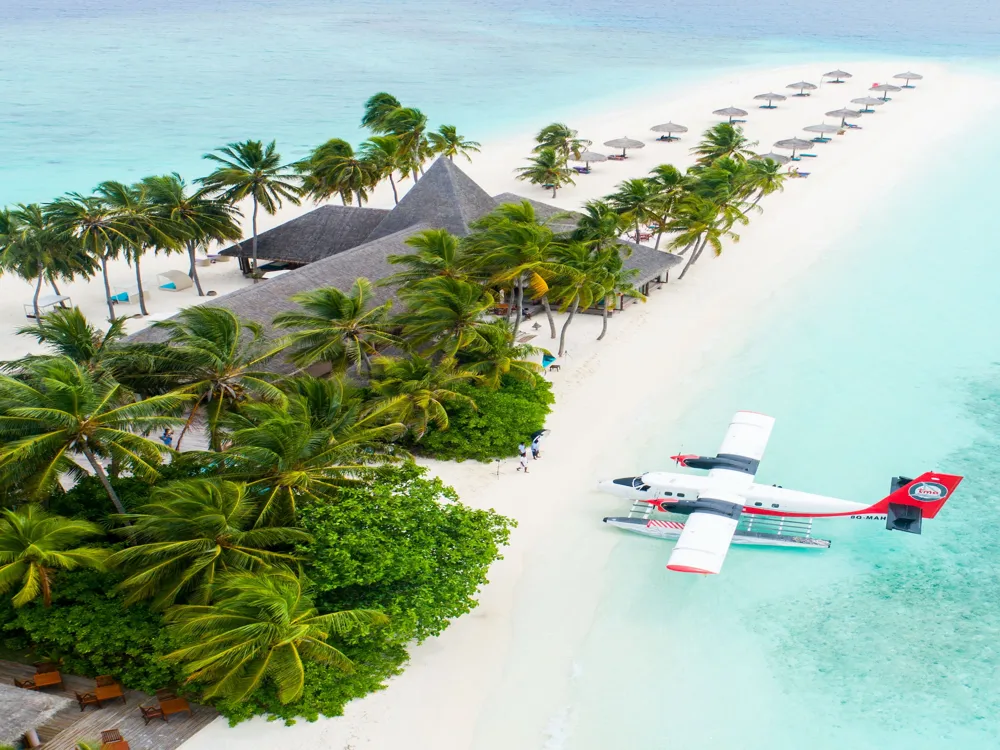Dominica, often referred to as the 'Nature Isle of the Caribbean,' is a breathtaking island nation famed for its lush natural landscapes, rich culture, and vibrant history. This hidden gem, nestled between Guadeloupe and Martinique, is an unspoiled paradise for nature lovers, adventurers, and those seeking a serene escape. Dominica's unique geographical features, ranging from volcanic peaks to deep gorges, create a spectacular canvas that's both awe-inspiring and tranquil. The island's diverse ecosystem is a haven for a wide variety of flora and fauna, including rare bird species, exotic flowers, and an abundance of marine life. Dominica's commitment to environmental conservation is evident in its extensive national parks and protected areas, which provide sanctuary for these natural wonders. The Morne Trois Pitons National Park, a UNESCO World Heritage site, is a prime example of Dominica's dedication to preserving its natural beauty. Culturally, Dominica is a melting pot of African, European, and Indigenous Kalinago influences, which is reflected in its music, art, festivals, and cuisine. The island's rich history is intertwined with stories of Carib resistance, colonial struggles, and a resilient spirit that has shaped its identity. Dominica's people are known for their warm hospitality and deep-rooted community values, making visitors feel like part of the island family. With a commitment to sustainable tourism, Dominica offers a unique travel experience that emphasizes eco-friendly practices and community engagement. Whether it's exploring the unspoiled rainforests, diving into the crystal-clear waters, or immersing in the local culture, Dominica presents an authentic Caribbean adventure unlike any other. Dominica's architecture is a captivating blend of its historical, cultural, and environmental influences, creating a distinctive aesthetic that is both functional and charming. The architectural landscape of the island is marked by a variety of styles, ranging from traditional Carib structures to colonial-era buildings, each telling a story of the island's past and present. One of the most iconic architectural features of Dominica is the traditional Carib dwelling known as the 'ajoupa.' These simple, yet ingenious structures, built by the indigenous Kalinago people, are made from natural materials like bamboo, palm leaves, and tree trunks. Designed to withstand the tropical climate, ajoupas are a testament to the Kalinago's deep understanding of their environment and resourcefulness. The influence of European colonization is evident in the colonial buildings scattered across the island. These structures, often constructed from wood or stone, showcase a fusion of French and British architectural styles. The capital city, Roseau, is home to many of these colonial gems, including the St. George's Anglican Church and the Old Market Plaza, which stand as reminders of the island's colonial past. In recent times, modern architectural trends have begun to emerge in Dominica, with a focus on sustainability and eco-friendly design. Contemporary structures are increasingly incorporating renewable energy sources, rainwater harvesting systems, and locally sourced materials, reflecting Dominica's commitment to environmental conservation. The resilience of Dominica's architecture is also notable, especially in the face of natural disasters like hurricanes. Innovative building techniques and strict construction standards have been developed to ensure that structures can withstand extreme weather conditions, safeguarding the island's heritage and its people. Overall, Dominica's architecture is a harmonious blend of history, culture, and sustainability, offering a unique and insightful glimpse into the island's soul. The ideal time to visit Dominica is during the dry season, from December to April. This period offers pleasant weather, with fewer rain showers and more sunshine, making it perfect for outdoor activities and exploring the island's natural beauty. When packing for Dominica, include lightweight, breathable clothing, a good pair of hiking shoes, swimwear, sunscreen, insect repellent, and a waterproof jacket. Don't forget your camera to capture the island's stunning landscapes. Respect local customs and traditions. Greet people with a friendly 'hello' or 'good morning.' Dress modestly when not at the beach, and always ask for permission before taking photos of locals. Practice sustainable tourism by minimizing your environmental impact. Stick to marked trails when hiking, avoid touching marine life while snorkeling or diving, and support local businesses. Stay hydrated, use sunscreen, and be cautious of strong ocean currents. Ensure you're up-to-date with vaccinations, and consider travel insurance for peace of mind. Reaching Dominica is an adventure in itself, offering various options to suit different preferences. The most common way to get to the island is by air. Dominica has two airports: Douglas-Charles Airport, which handles most international flights, and Canefield Airport, catering to regional traffic. Major airlines provide regular services to Dominica from North America, Europe, and other Caribbean islands, often with connections through Antigua, Barbados, or Puerto Rico. Another popular way to reach Dominica is by sea. The island is a favorite stop for cruise ships, and there are also regular ferry services from neighboring islands like Guadeloupe, Martinique, and St. Lucia. These ferry services offer a scenic and leisurely way to arrive on the island, providing a unique perspective of the Caribbean's beauty. For the more adventurous, private yachts and sailboats can also dock at several ports around the island, offering a personalized and intimate way to experience Dominica's stunning coastline. Once on the island, getting around is straightforward. Rental cars, taxis, and public buses are available, making it easy to explore Dominica's diverse landscapes and attractions at your own pace.Overview of Dominica
Architecture of Dominica
Tips When Visiting Dominica
Best Time to Visit
Packing Essentials
Local Etiquette
Eco-Friendly Practices
Health and Safety
How To Reach Dominica
Scotts Head Point
Dominica
NaN onwards
View dominica Packages
Dominica Travel Packages
View All Packages For Dominica
Top Hotel Collections for Dominica

Private Pool

Luxury Hotels

5-Star Hotels

Pet Friendly
Top Hotels Near Dominica
Other Top Ranking Places In Dominica
View All Places To Visit In dominica
View dominica Packages
Dominica Travel Packages
View All Packages For Dominica
Top Hotel Collections for Dominica

Private Pool

Luxury Hotels

5-Star Hotels

Pet Friendly







